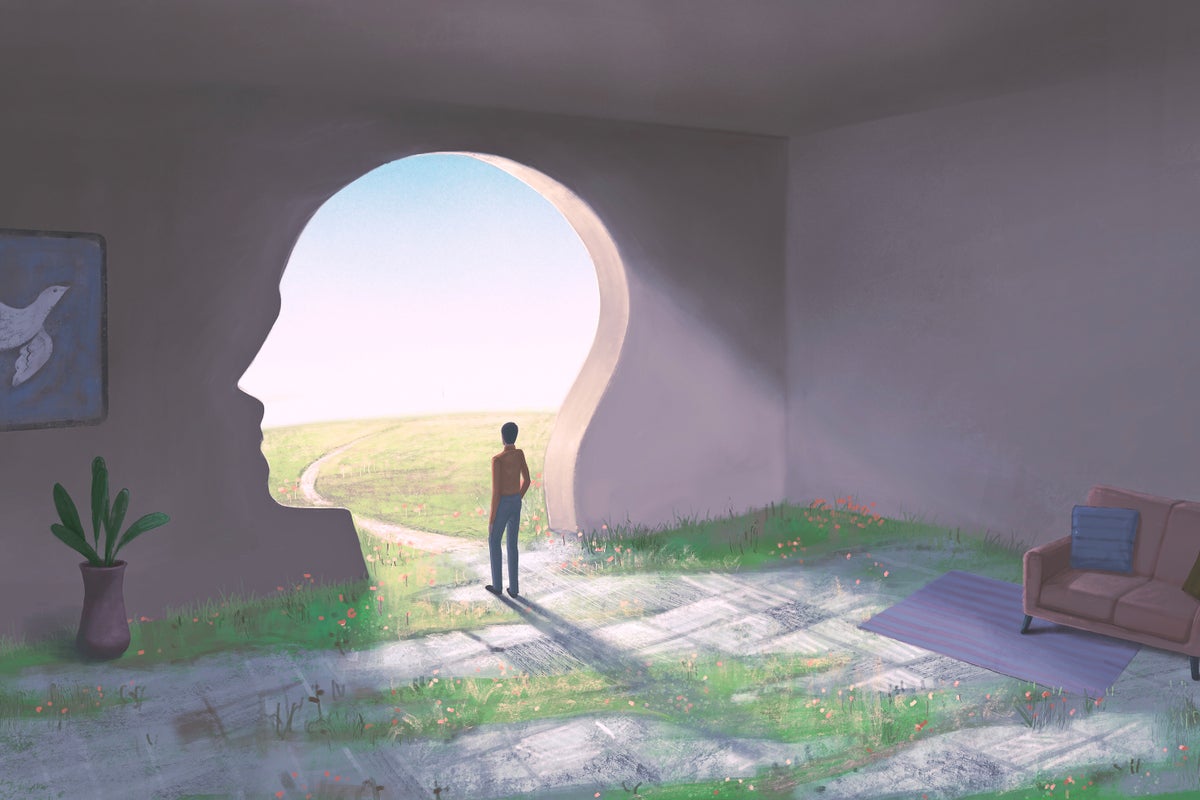Sorry, Minor Inexperienced Adult men: Alien Existence May possibly Actually Be Purple
Purple could be a probably shade for extraterrestrial organisms, research suggests
Nazarii Neshcherenskyi/Getty Pictures
If we learn alien lifestyle, what will it glance like?
We have no way of knowing, but the hunt for extraterrestrial life can now incorporate purple micro organism, according to a team of astronomers who are recording the chemical make-up unique to the lavender-hued organisms. These microbes may perhaps have dominated Earth early on in our planet’s history and are perfectly-suited to arise on faraway worlds that circle dim pink stars smaller sized than our sunlight, a new examine indicates.
The latest cataloging effort is in section “to make a database for signs of lifetime to make sure our telescopes will not miss lifetime if it happens not to appear particularly like what we face all over us each and every day,” research co-creator Lisa Kaltenegger of Cornell University claimed in a statement. “Purple germs can endure and prosper less than such a selection of disorders that it is effortless to visualize that on many diverse worlds, purple may well just be the new environmentally friendly.”
On supporting science journalism
If you are having fun with this posting, contemplate supporting our award-profitable journalism by subscribing. By paying for a membership you are encouraging to make sure the potential of impactful stories about the discoveries and suggestions shaping our environment now.
On Earth — the only world we know of wherever life exists and consequently our greatest information in the hunt for extraterrestrial lifestyle — lifestyle sustains alone on oxygen-generating photosynthesis driven by chlorophyll, the familiar eco-friendly pigment used by most organisms to harness sunlight. This wasn’t the situation until eventually approximately 2.4 billion years back, when small blue-environmentally friendly algae identified as cyanobacteria, the very first regarded species to photosynthesize, commenced using chlorophyll to harness sunlight and carbon dioxide for metabolic vitality, and produced oxygen as a byproduct.
Prior to that, microorganisms created metabolic strength by harnessing daylight making use of a purple-pigmented molecule identified as retinal, whose origin may possibly have predated chlorophyll. If retinal exists on other faraway worlds, scientists think the molecule’s exclusive fingerprint would be discernible by forthcoming ground- and house-based mostly telescopes.
“They now prosper right here in sure niches,” stated research guide writer Lígia Fonseca Coelho of the Carl Sagan Institute in New York. “Just picture if they had been not competing with inexperienced vegetation, algae and germs: A red sunshine could give them the most favorable circumstances for photosynthesis.”
The current research for alien lifestyle is biased towards searching for eco-friendly pigments, principally since of confined measurements of organisms of other colours including purple, Coelho and her crew argue. To acquire a catalog of the chemical make-up of purple organisms, the researchers grew purple microbes collected from distinctive locations — which includes shallow pond waters at Cornell, Massachusetts’s Cape Cod and deep-sea hydrothermal vents — and measured their unique fingerprints. In subsequent simulations, they modeled purple microorganisms dominating a assortment of Earth-sized planets, which include ocean worlds, frozen icy orbs and terrestrial rocky spheres like Earth.
The digital purple micro organism manufactured detectable biosignatures, delivering astronomers a new details established to tell future-era telescopes in the lookup for alien lifestyle, like the European Exceptionally Huge Telescope currently being constructed in Chile and NASA’s Habitable Worlds Observatory, an infrared telescope at this time scheduled for start all over 2040.
“We are just opening our eyes to these interesting worlds around us,” claimed Kaltenegger. The results are described in a paper printed April 16 in the journal Regular Notices of the Royal Astronomical Modern society: Letters.
Be a part of our Area Boards to preserve speaking space on the most current missions, night time sky and much more! And if you have a news tip, correction or comment, permit us know at: neighborhood@room.com.










